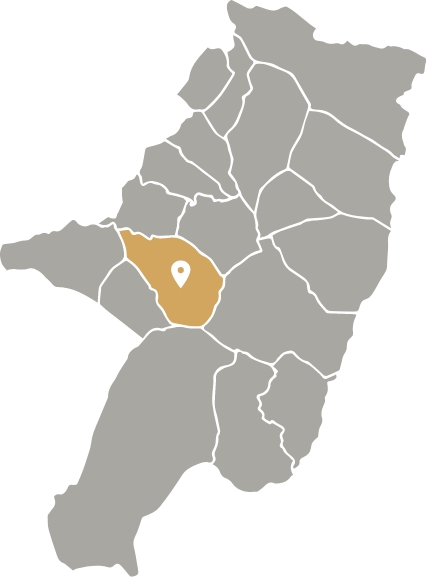Lunamatrona
Lunamatrona is a lovely village with deep agricultural and pastoral roots, in the midst of the fertile Marmilla plain. It is enwrapped by the Mannu river and brushed by the winding hills of the Trexenta region. It might have been named after Juno, the Matron and Queen of the Gods, suggesting there may have been an ancient temple dedicated to the goddess in the vicinity.
A quaint little village, teeming with centuries-old traditions and archaeological sites

The village is famous for its produce, including beans, extra-virgin olive oil and lovely Malvasia wine, which is the star of an early-September Festival along with the scent of melons and the local delicacy that is mutton stew or pecora in cappotto.
Lunamatrona is a place steeped in history, with the imposing Church of St. John the Baptist in the midst of the village, built between the 16th and the 17th century over an 11th-century Benedictine church. Inside, its paintings portray the lives of Jesus, the Virgin Mary and the Saints. The Festival in honour of St John is held in late June.
The village also preserves a few archaeological treasures, such as the proto-nuraghe of Trobas, the Pitzu Cummu nuraghe and the Giants’ Graves at Cuaddu de Nixias, dating from 1700-1600 BC, with a mysterious hole on its stele.
The Tomb is in the Museo del Territorio sa Corona Arrùbia, which provides an overview of local history and nature.
Finally, the Museo Dea Luna displays 1960s items so that one can explore the social transformations of the village in that decade.

























